Some Easily Confused Hiragana and Katakana || Read Japanese Like a Pro
HOW TO | Differentiate Similar Hiragana and Similar Katakana Like A Pro
One of the hardest things when you’re first learning Japanese is definitely getting to grips with the language’s two alphabets, hiragana and katakana.
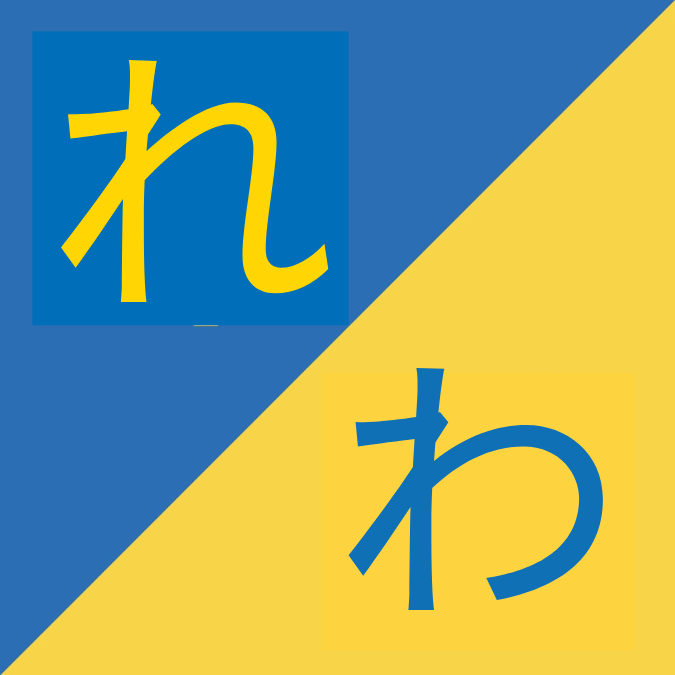
Even two and a half years in to learning Japanese, I still get confused!
There are a few hiragana and katakana that are particularly difficult to tell apart, but don’t worry! We’ve got your back.
Here are a few to keep in mind when you’re learning Japanese, as well as a few tips and tricks to help you read like a pro.
This is by no means an exhaustive list, so if there are any you think we’re missing, leave us a comment.
Similar Japanese Letters || Hiragana
Similar Japanese Letters || Katakana
Similar Japanese Letters || FAQs
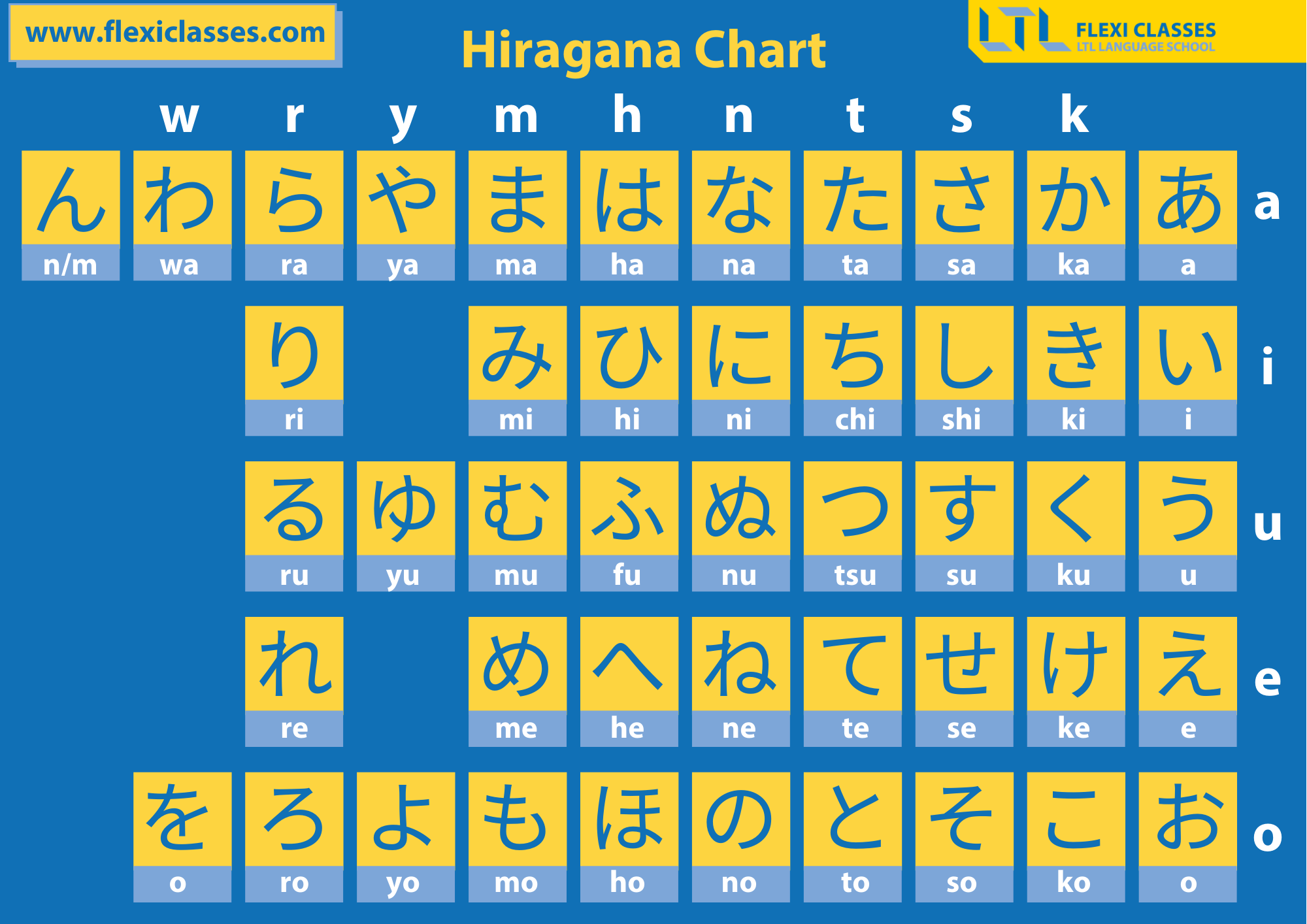
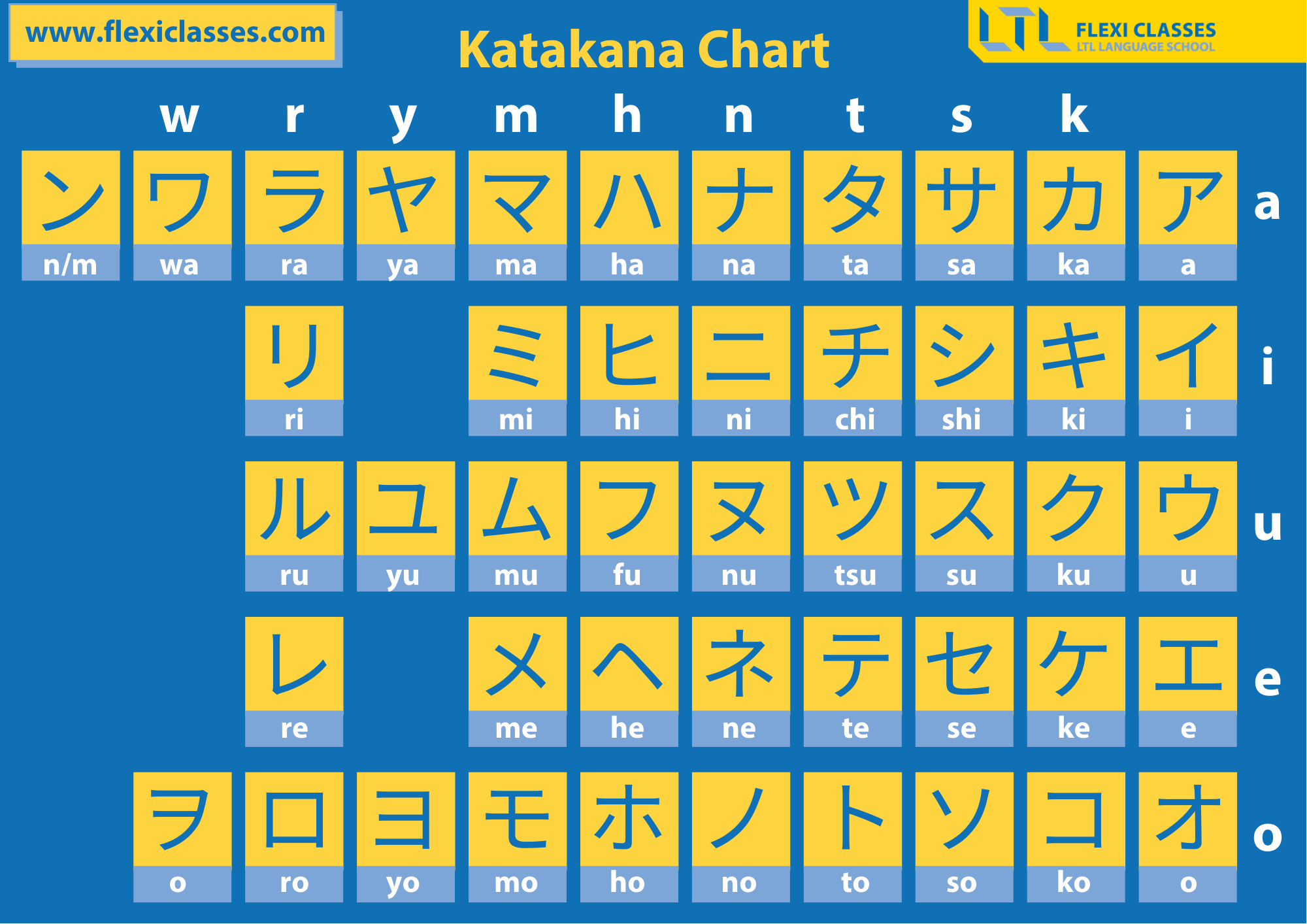
Let’s start with some hiragana…
Hiragana ひらがな
Hiragana is the primary language system used in Japanese, and originally emerged in the 9th century before being standardized at the turn of the 20th century (around 1900).
Although hiragana was meant to make things easier, we can’t deny that some are hard to tell apart.
As you learn hiragana, some will stick instantly, whereas others will take a bit more time to perfect.
Let’s begin with two hiragana that look very similar, but are actually very different: さ sa and ち chi.
さ sa / ち chi
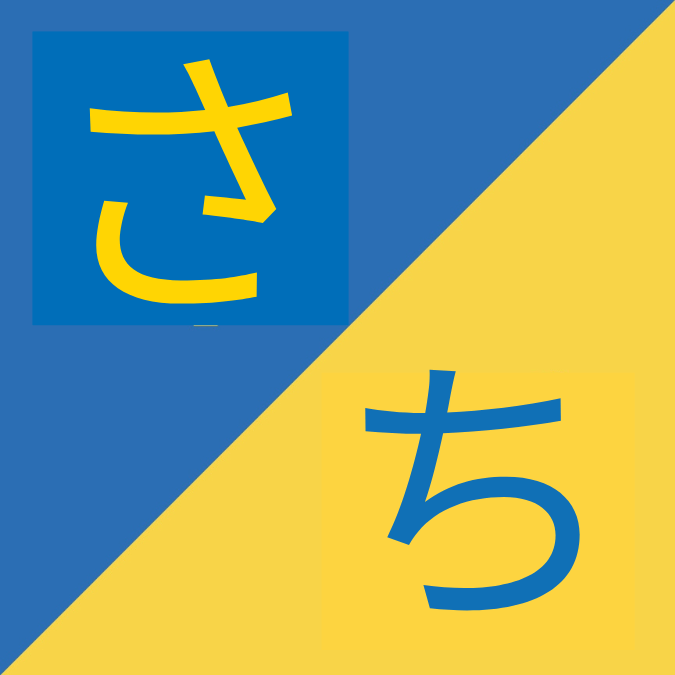
First, let’s look at some words that contain さ sa:
- さようなら sayounara – good-bye
- ください kudasai – please
- 朝(あさ)asa – morning
- 小さい(ちいさい)chiisai – small; tiny
As you can see, さ is written from top to bottom.
The first stroke (the curvy one) goes from left to right before curving back.
TOP TIP || Sometimes you will see it written with the bottom portion separate.
So what about ち chi?
Here are some uses of ち chi:
- あちら achira – over there
- 違い(ちがい)- difference (n.)
- 父(ちち)chichi – father
Like さ sa, ち chi is written from top to bottom, but the first downward stroke goes almost straight downward (with a slight slant to the left).
You’ll also notice thatち also looks a lot like the number five (5)!
To remember this hiragana, think about the Italian word for five which is:
Cinque (pronounced chin-koo-eh)
And remember, unlike さ sa, ち chi is never written with the bottom portion detached. So if you see two parts to your hiragana, its definitely さ sa.

How to Learn Hiragana (Quickly) // 7 Terrific Tips To Success
How to Learn Hiragana? It might seem difficult but Hiragana can be understood within a few hours. Follow these tips for success and start reading Hiragana.
ね ne / れ re / わ wa
Another set of hiragana I’m always confusing is ね ne, れ re, and わ wa.
Let’s start with words that contain ね ne, れ re, and わ wa.
- 猫(ねこ)neko – cat
- 誰(だれ)dare – who
- 電話(でんわ)denwa – telephone
These three have the same basic structure with only a tiny, tiny difference.
All three hiragana have two strokes: they start with the same downward stroke, then a second stroke then first goes across from left to right, diagonally down, then back out again.
So how can we remember these confusing hiragana? Try this…
- ね ne has a curly end, like a noodle.
- れ re looks a bit like an r.
- わ wa looks like a wave returning back to shore.
So whilst they are very easy to confuse there are some subtleties that allow you to differentiate them.
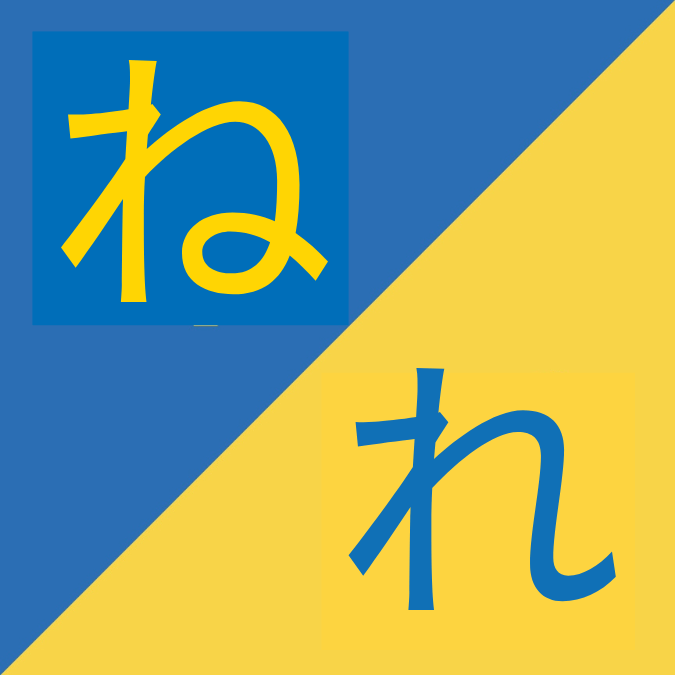

Do you have a different method of remembering these confusing and similar hiragana? Why not share it in the comments below.

How To Learn Kanji // 7 Tips for Success 💪
How to learn Kanji? Generally, you’ll need to learn about 1,000-2,000 Chinese characters in Japanese. Here’s the best way to go about learning them.
How about some katakana?
Katakana カタカナ
Katakana also came from the 9th century, and was first used by Buddhist monks to transliterate religious texts from India.
Similarly, today it is still primarily used for loan words from other languages.


We can’t talk about confusing katakana without talking about the endless headache that is differentiating between ソ so and ン n!
ソ so / ン n
In my opinion, these two are by far the most difficult katakana to differentiate.
After asking all the Japanese learners I know, my belief was confirmed…
So, let’s first take a look at a word which contains both ソ so and ン n:
パソコン pasokon – computer (comes from “personal computer”)
Can you tell the difference?
I’m sure I’m not the only one who would always read this as “pankon”…!
The first of these is ソ so, and as we can see, the longer stroke curves at a sharper angle than the ン n.
The longer stroke in the ン n is flatter.
When we see these two katakana typed, this is the easiest way to tell them apart.
However, things get a lot easier if we see them written (or typed using a more calligraphic font).

The longer stroke on the so actually goes from top to bottom, and from right to left.
But… the longer stroke on the n goes from bottom to top, and from left to right.
You’ll be able to see the flick of the pen/ink which will reveal the direction of the stroke.
We’ve also heard many students use the fact that ソ is slimmer than ン at the top end – using the S in slim to trigger so.
The difficulties with katakana don’t end there either as we have another similar example, but with an additional stroke which is…
ツ tsu / シ shi

Unfortunately, we also have a very similar problem when it comes to ツ tsu and シ shi.
This time, we have two short strokes and a longer stroke to form both katakana.
Let’s look at a couple of words that contains ツ tsu and シ shi:
- スポーツ supōtsu – sports
- シネマ shinema – cinema
In this case, ツ tsu has the sharper angle on the long stroke, while the angle in シ shi is flatter.
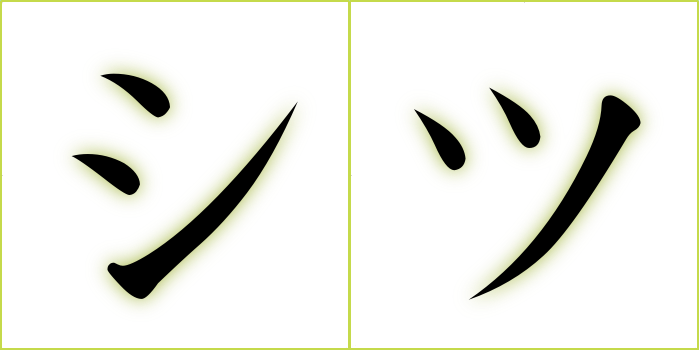
Let’s see them in a calligraphic script here.
Like so, the long stroke on tsu goes from top to bottom, right to left, while.
Whereas like n, shi goes from bottom to top, left to right.
TOP TIP || A clever way to remember these two is to picture their hiragana counterparts つ (tsu) and し (shi).
Notice the direction of the strokes:
- つ goes from top left around. if you were to draw this line on the katakana ツ, you could connect all the strokes
- The same method can be used with し. See how this one stroke would connect the katakana シ
So, if you have struggled remembering these, try to think about the hiragana versions and it should trigger you into selecting the correct one!
There is no secret to remembering these. We’ve covered the most common tricks but ultimately practice makes perfect.
The more exposure you get with these letters, the easier it’ll become.
We offer 24/7 Japanese online courses where we cover both Hiragana and Katana in detail.
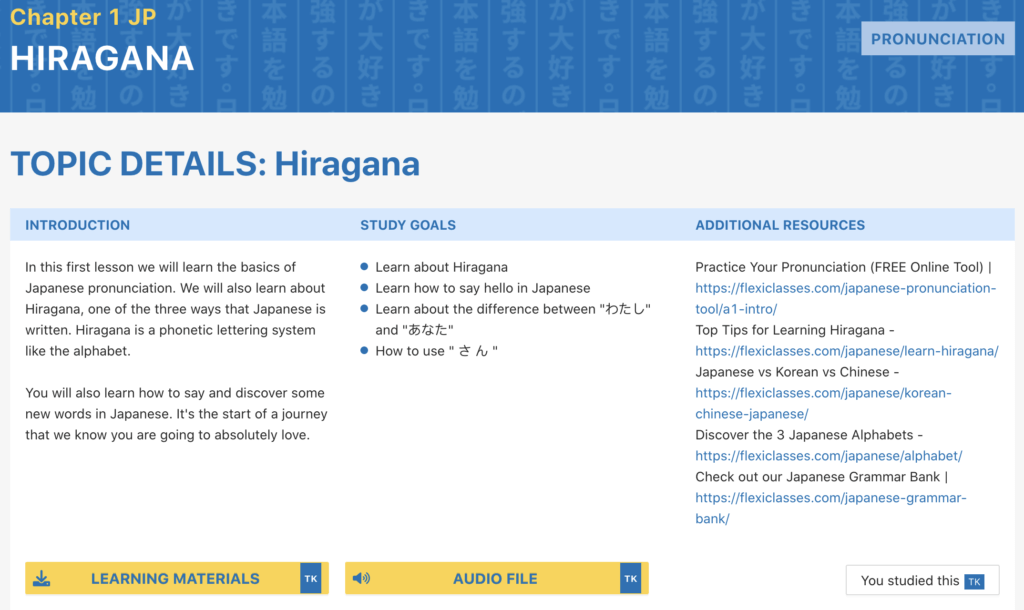
If you want to go one step further, you can come to Japan and study Japanese with us!
Similar Hiragana and Katakana || FAQs
How can I remember the difference between ね ne / れ re / わ wa?
Try this:
— ね ne has a curly end, like a noodle.
— れ re looks a bit like an r.
— わ wa looks like a wave returning back to shore.
What words does さ appear in?
さ appears in many Japanese words including these common ones:
— さようなら sayounara – good-bye
— ください kudasai – please
— 朝(あさ)asa – morning
— 小さい(ちいさい)chiisai – small; tiny
How are ツ and シ different?
These two katakana look super similar but they are actually different and therefore have a different pronunciation.
ツ is tsu and シ is shi.
How do you pronounce ソ and ン?
ソ is so and ン is n.
How can I differentiate between ソ and ン?
We’ve heard many students use the fact that ソ is slimmer than ン at the top end – using the S in slim to trigger so.
Want More From LTL?
WANT TO LEARN JAPANESE? Check out our online Japanese courses here.
We offer a 7-day free trial to all new students where you can study 24/7.
What about studying Japanese in Japan instead? We’ve got your back. Our Japanese courses in Tokyo can either be taken in small groups of no more than 5 students or individually for a more tailored experience.
We even offer incredible homestay experiences in Tokyo as well.
Come and be a part of this amazing community.









3 comments
For sa and chi, I remember it by remembering the name sa chi which is さち just have to remember that if put together they can connect haha. Idk, but after doing that I've never gotten confused with differentiating sa and chi
Bookmarked, so I can continuously come back!
Good man 🙂